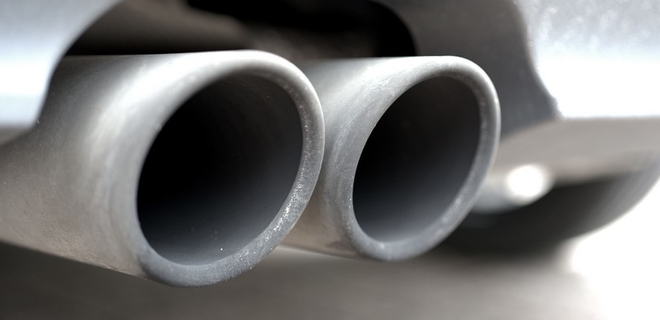
Diesel Particulate Filter Technology (DPF):
DPF is one of many techniques developed to cut down on air pollution and improve the environmental condition on the Earth which is a dominant part of the car market. Many countries have passed laws over the years that have made the use of DPF mandatory in the majority of diesel powered vehicles all over the world. (The use of DPF for road vehicles was first introduced in 1985, but for non-road vehicles it was a few years prior.)
The efficacy offered by DPF is based on the performance of its components. DPF system is determined by its ability to absorb particles (soot). Particulate matter from incomplete combustion of fuel within the engine could be a source of contamination for the air. However the DPF system can help prevent this contamination. DPF absorbs and stores soot particles. In addition, ECU should be required when the amount of soot deposited is huge. The ECU then burns the soot that is in the filter by increasing the temperature of the exhaust.
However, the possibility of a defect in the DPF system is visible while it is traffic. As a result, the engine is operating at a slow RPM.
The reasons for DPF Inability to perform:
- DPF pressure sensor failure
- Performance tuning that isn’t working
- Vehicles with high mileage
- oil is pumped into the turbo seals or engine through the turbo seals and eventually into the exhaust housing.
- Incorrect fuel injectors can send too much fuel to the mix of air and fuel.
EGR valve issues
In these instances, a lot of particles can build up and block exhaust gas flow from the engine. Naturally, this is set in ECUs. This means that when you own the car, it is possible to remove the DPF filter in intercity and highways (when your engine operating at a higher speed. The method for emptying the filter is based on the type of vehicle and its ECU. If you’re DPF cannot be reused (requiring regular replacement) It should be cleaned out after thirty-nine miles (or approximately six months) if you’ll have a blocked DPF. However, regeneration should be done every 5,000 km and is generally handled by sensors after they’ve examined the pressure difference. Regeneration can be conducted in three distinct ways:
1.-in the first form which is also known as passive. The fundamental notion is that soot is accumulated from the filter into a layer and released after a specific distance in the event of a high engine load, as well as RMP and the filter reaching a suitable temperature. This type of regeneration is typically employed for vehicles that are not in traffic.
2.–The second kind of regeneration is known as active regeneration. In this instance, it is the case that there is a problem with the DPF is not at the temperature needed to release the soot, which results in an increase in pressure within the DPF. In this instance, the ECU raises the temperature and aids in the process of regeneration by injecting fuel.
3.-The third kind of regeneration which is also referred to as manual regeneration, is performed in the course of regular maintenance at repair facilities. The method is based on the commands issued by the ECU through the scanner in the car to increase temperatures and melt soot.
V diverse types of systems used for DPF
- Cordierite (Cordierite Wall Flow Filter)
- Ceramic (Ceramic Fiber Filter)
- Silicon Carbide (Silicon Carbide Wall Flow Filter)
Three of them are among the most frequently used DPF models. In addition to the cost variation, the three models mostly differ in melting temperatures and dimensions that the duct. The differences in these parameters directly affect the performance of the final filter produced.
Apart from the three models of filters described above, additional products like flows-through fiber filtering, as well as paper filters are also available. Cordierite filter is the most sought-after filter model.